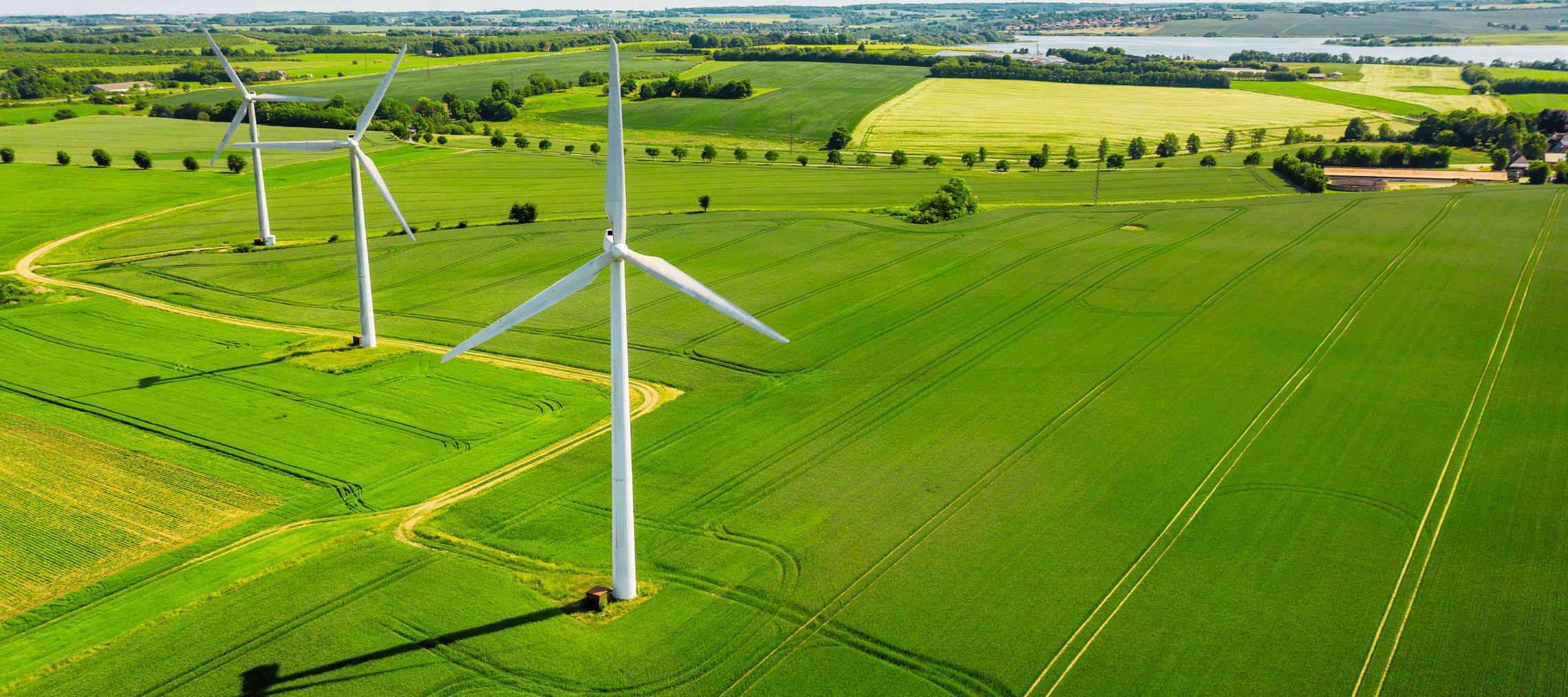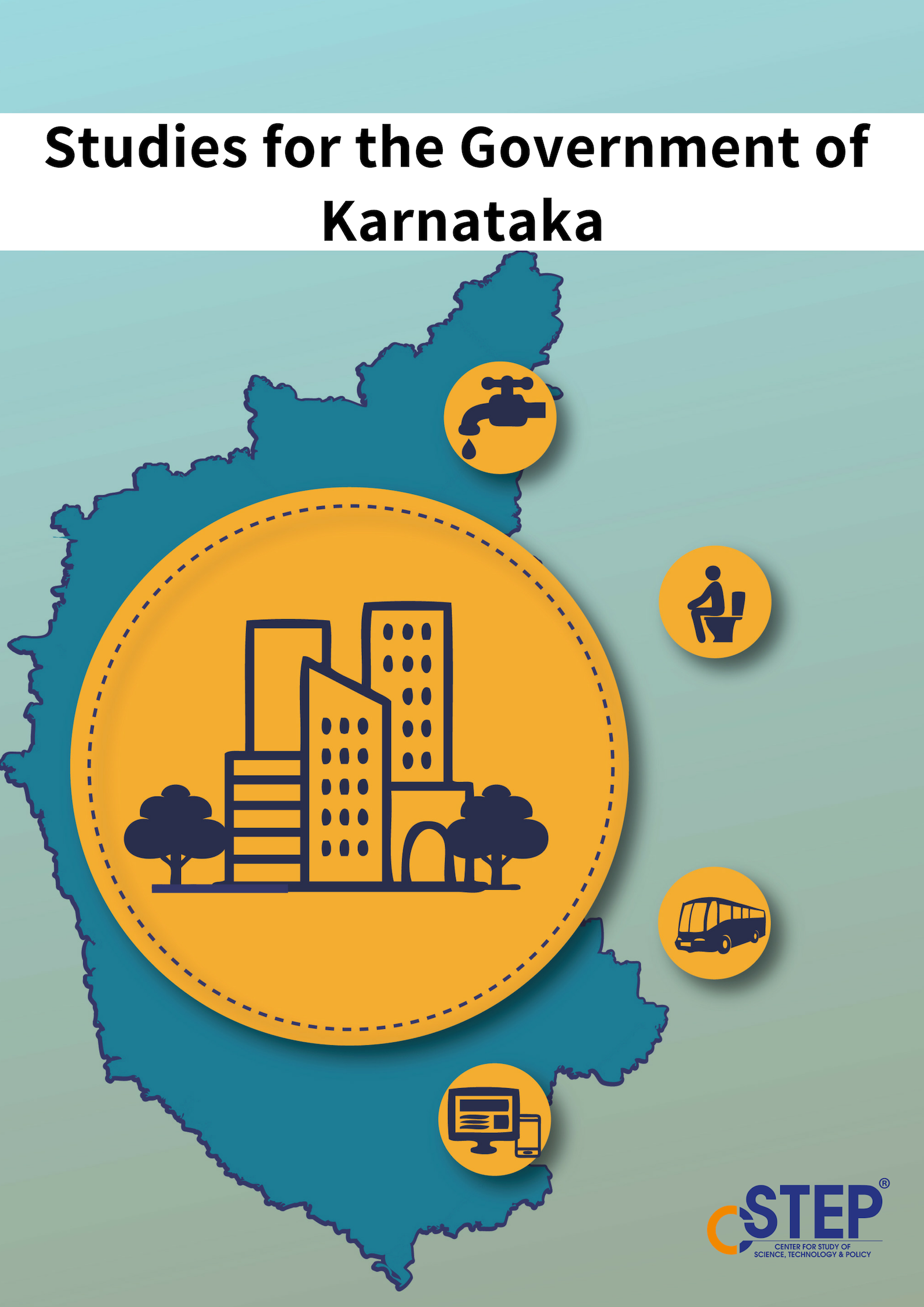India aims to meet its growing power demands through the expansion of its renewable energy capacity. This warrants a strong transmission infrastructure to integrate and evacuate renewable energy, as a transmission network acts as the backbone of power systems to transfer power from generation stations to load centres. As the country works towards this mission, a thorough transmission network analysis is needed to design a power evacuation scheme and assess technical feasibility. CSTEP supports transmission utilities to strengthen their transmission infrastructure and integrate a higher share of renewable energy to provide a reliable supply.




A Statistical Model for Wind Power on the Basis of Ramp Analysis
Due to stochastic nature of wind distribution, wind power output comes with unscheduled changes called ramp events. In this paper, a semi-analytical approach is considered to analyze the distribution of ramp events. A simple empirical equation is derived based on the probability of wind ramp events considering the stochastic nature of wind power distribution for the Indian state of Karnataka.
An Empirical Model of Power Curve of a Wind Turbine
The power curve of a wind turbine grows exponentially as a function of wind-velocity if the measured wind-velocity varies between the cut-in velocity and the rated velocity In this study, we propose an empirical, two-parameter explicit model of the power curve for a wind turbine.
Harnessing Solar Energy: Options for India
The overall goal of the off-grid guidelines of the JNNSM is to achieve wider dissemination of solar
technology, and a generous capital subsidy of up to 90% is offered for rural applications Even so,
there are several bottlenecks to large-scale dissemination Primarily, the techno-economics,
financing and institutional mechanisms of several solar applications are not well understood
Therefore, these form a focus of this study In addition, this study looks at the Government of India’s
A Study of Energy Efficiency in the Indian Cement Industry
The objective of this study has been to model the Energy Efficiency (EE) of the Indian cement industry, in the context of the diversity and the challenges in operating conditions, in order to provide analysis and insights for the successful implementation of PAT.
Analytical derivation of equivalent functional form of explicit J-V model of an illuminated solar cell from physics based implicit model
Recently a simple explicit model was introduced to represent the J–V characteristics of an illuminated solar cell with parasitic resistances and bias dependent photocurrent as j = (1 − vm)/(1 + αv), here the normalized voltage, v and normalized current density j can be represented as v = V/Voc and j = J/Jsc respectively, whereVoc is the open circuit voltage and Jsc is the short circuit current density. The model is an equivalent rational function form and useful for design, characterization and calculation of maximum power point voltage.
Resource Variations and Resultant Tariffs for On-shore Wind potential in Karnataka
This paper aims to inform the tariff setting process for wind resource in Karnataka, so that investments in wind infrastructure can be incentivized taking into consideration resource variations. This work presents a range of levelized tariffs for the on-shore wind potential of the state. The range is a result of the variation in capacity utilization factors estimated for various classes of Wind Power Density (WPD) in the state, for waste and scrub forest land categories, at 80 m and 100 m hub heights.
Utilisation of rice residues for decentralised electricity generation in Ghana: An economic analysis
This publication enlighten the reader about how ectricity can be produced using the rice husk at Ghana.Developing countries, especially in Sub-Saharan Africa, face large challenges to achieve universal electrification Using the case of Ghana, this study explores the role that rice residues can play to help developing countries meet their electrification needs In Ghana, Levelised Electricity Costs (LEC) of a grid-connected 5 MWe straw combustion plant ranged between 116 and 130 UScents/kWh, based on region of implementation .Rice straw combustion is a viable grid-connected option in all regi
A System Level Framework for Evaluating High Share of Renewables in the Future Energy Mix
Keeping in view India’s recent international commitment to expand the share of renewable electricity to 40%
Incentivising Domestic Manufacturing for a Sustainable Solar Industry
After Finance Ministry’s (MoF) decision to reject Commerce Ministry’s (MoC) proposal of anti-dumping duties (ADD) in late August, solar developers heaved a big sigh of relief In this article, we review the controversy generated by the proposal for ADD in the light of existing evidence and future outlook for the solar photovoltaic (SPV) industry. We find that the popular narrative took a myopic view of the SPV industry. This was exhibited by overstating the negative impact of ADD and vice-versa, and the general buoyancy around the MoF decision, as reported in the news.
Political Economy of Renewable Energy Deployment in India A Case Study of Karnataka
Despite high targets and comprehensive policies, the deployment of renewable energy technologies has faced significant barriers in Karnataka during the past five years. This is because of the large disconnect that exists between central policies on renewable energy and regional needs. There is a need for subnational governments to play a more proactive role in renewable energy deployment.